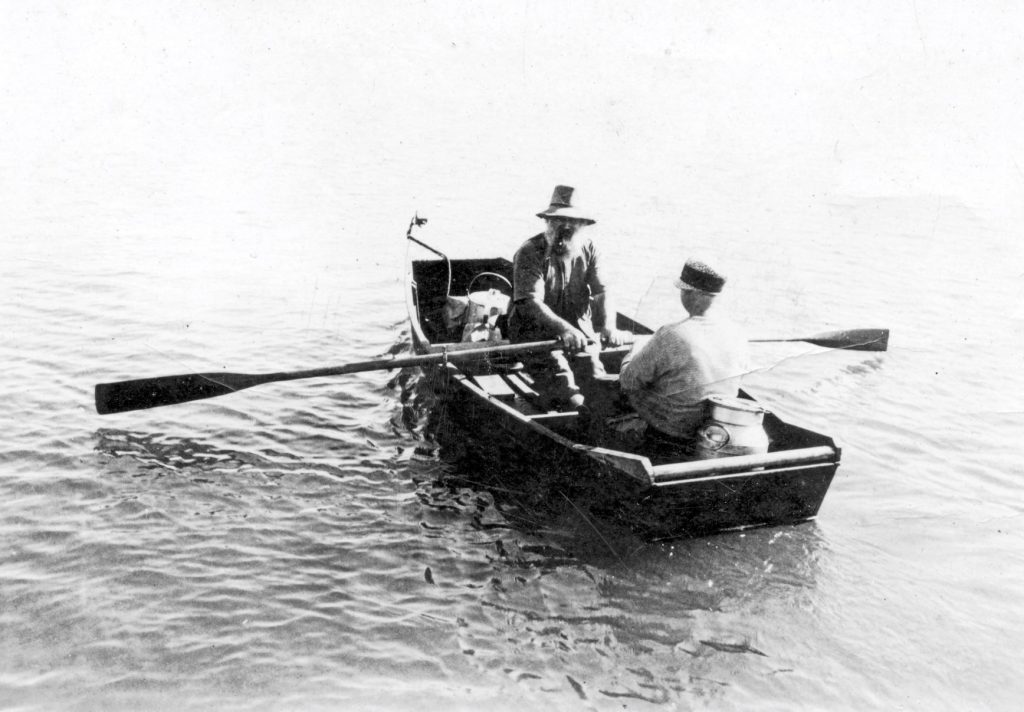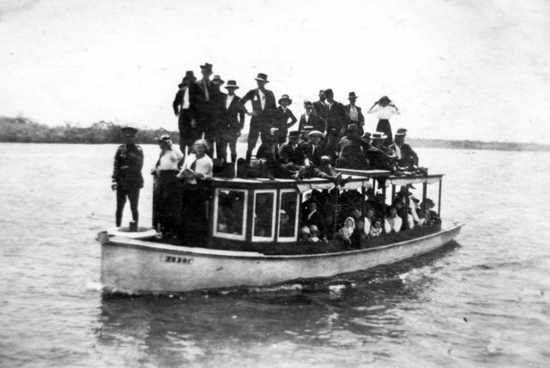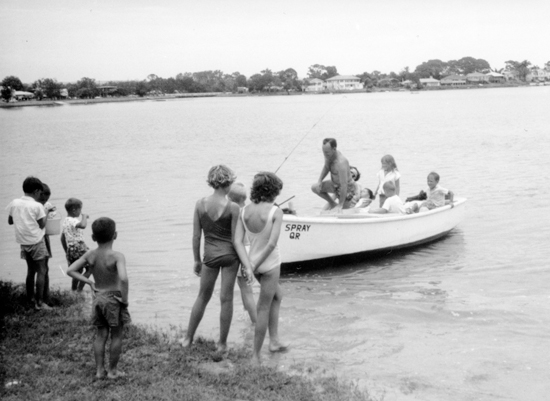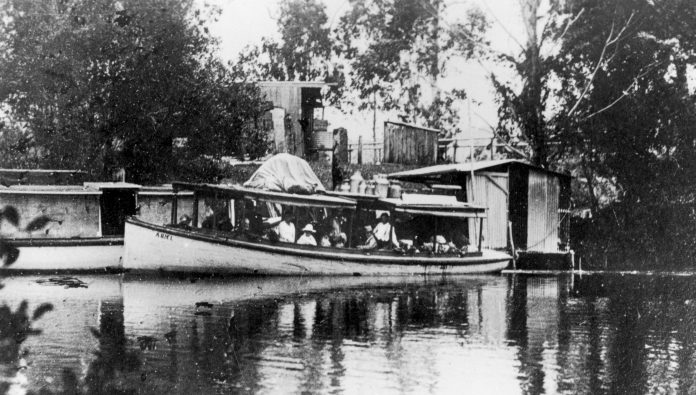In the beginning it was the lifeblood of a growing settlement but the Maroochy River has never stopped running at the heart of its community.
First came the Gubbi Gubbi and the legend of the beautiful maiden whose tears formed the river after Ninderry stole her from her beloved Coolum.
Middens at Bli Bli’s Muller Park are evidence of the river’s bounty for the local tribe who camped on the foreshore and feasted on crabs, fish and oysters.
Then came the explorers, Captain Cook and Matthew Flinders, but they weren’t particularly interested in this river as they sailed by, although they did note there were sandy beaches.
But it was the Brisbane River that was chosen for the new colony while the Maroochy, with its ever-changing river mouth (Pincushion Island’s connection alternates between the north and south banks) that became the link for loggers.
Love history? So do we. Help keep more great memories alive by subscribing to our free daily news feed. Go to Subscribe at the top of this story and add your name and email. It’s that simple.
Andrew Petrie named the river with the Aboriginal word “Muru-kutchi” meaning red-bill, the black swan commonly seen in the area and on May 16, 1861, marine surveyor Mr G. Heath, reported to the new Queensland Legislative Assembly of a new harbour known as Murruche River.
For early settlers it was a highway, a link to the outside world for the timber-getters and then farmers of the hinterland who had to get supplies in and produce out.

Rafts loaded with cedar, beech and pine logs were a common sight during the second half of the 19th century.
From 1863, William Pettigrew operated the coastal steamers the Granite City, renamed the Gneering, and the Tarshaw, the biggest steamer to enter the river.
She would sail to Chambers Island to collect the logs which had been rafted down the river and were chained together ready for collection. If the Bar was impassable, the logs were snigged by bullock team to Mooloolah Heads for loading en route to Brisbane sawmills.
The opening of the North Coast railway line in 1891 marked the beginning of the end for river transport which, by comparison, was costly and time-consuming.
But the river remained a vital link for river residents well into the 20th century, not least among tourists and day trippers.
In 1909, a wharf was built at Deepwater (where Wharf Rd meets Petrie Ck at Bli Bli) so-named because it was as far as larger boats could safely navigate.
Coulson’s mail boat ran mail, goods and passengers up and down the river from Yandina to Maroochydore from 1909-1953, servicing more than 60 wharves along the way. The service continued until 1963, when cars and trucks finally took over deliveries.
William Evans brought a motor boat into service in 1916 and by 1920 it was one of many carrying passengers on the Maroochy River.

Best known was Favourite which sailed to Petrie Creek and on to Deepwater, where it connected with the cane trams bringing in passengers and goods from Nambour.
The Alexandra bought by Percy Evans in about 1918, also provided a passenger and carrying service between Deepwater and Maroochydore.
For about 20 years from 1953, Joe Suosaari’s school boat delivered children from the Savimaki, Suosaari, Elliott and Tatnell families to Maroochydore State School.
The MV Kilkie was launched in 1955 as a school ferry and offered river trips for decades. It is now heritage-listed and cruising the Gold Coast waterways. Cruise Maroochy still offers river tours.
In 1988, Ross Robertson operated the Ginger Belle, an authentic replica of an 1880s paddle steamer, in the upper reaches of the river, mainly for Ginger Factory tourists. It was later sold and transported overland to the Thompson River near Longreach.
A ferry crossed the river from Bli Bli to North Shore settlers until 1959, when the David Low Bridge was built at Bli Bli, opening up the coast road north to Noosa.
The Sunshine Motorway bridge shortened the route 1990 and was duplicated in 2007.

And from the beginning there were water sports – swimming, boating and fishing. Aquaplaning was around as early as 1910. Using homemade boards, the adventurous were towed behind auxiliary launches along the waterway from Petrie Creek to Cotton Tree.
The boards were replaced with waterskis when power boats came into use in the 1950s and for years Rogerson’s Ski School operated out of the Cod Hole.
Today, only old gardens and jetties are left from the river’s heyday but its waters remain as much loved as ever.
This flashback is brought to you by veteran Sunshine Coast journalist and history writer Dot Whittington, also the editor of Your Time Magazine.





